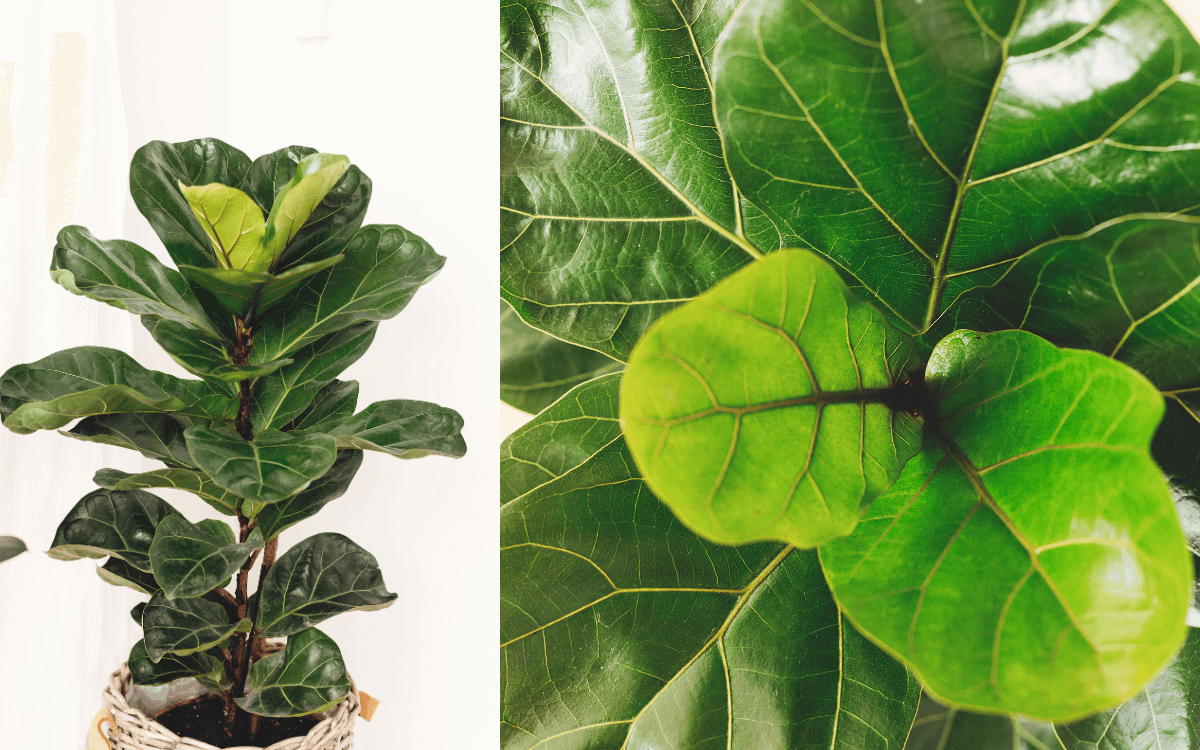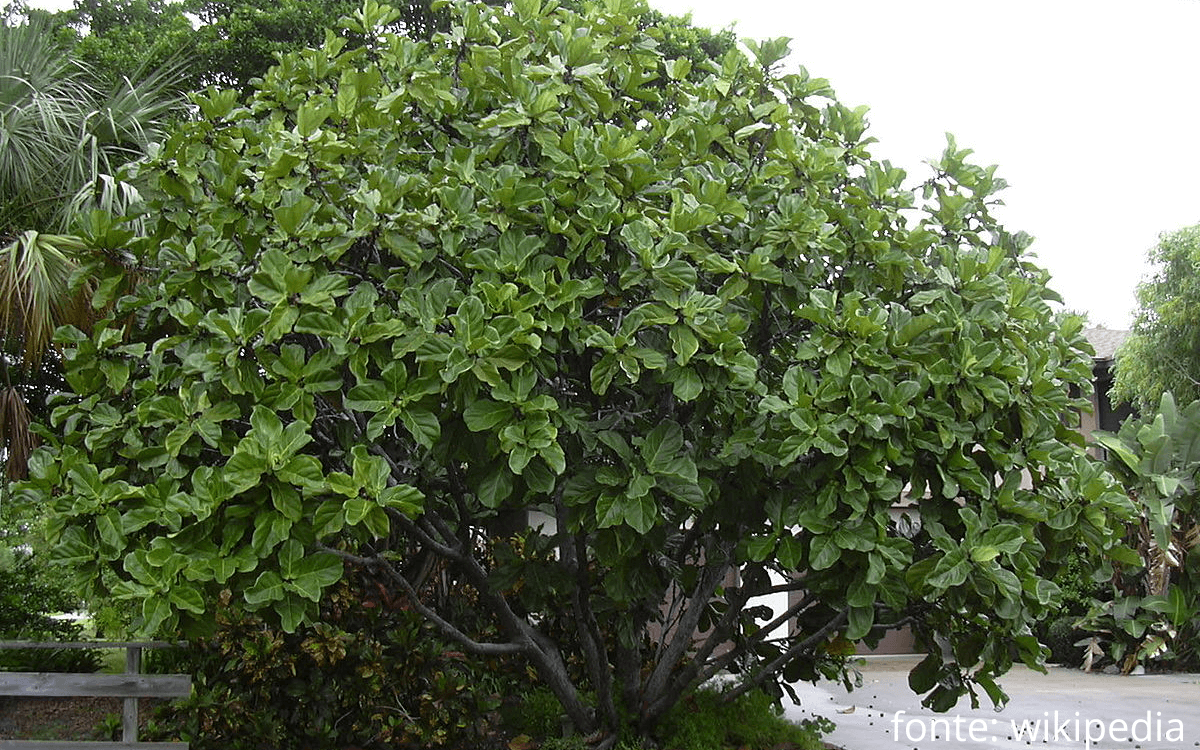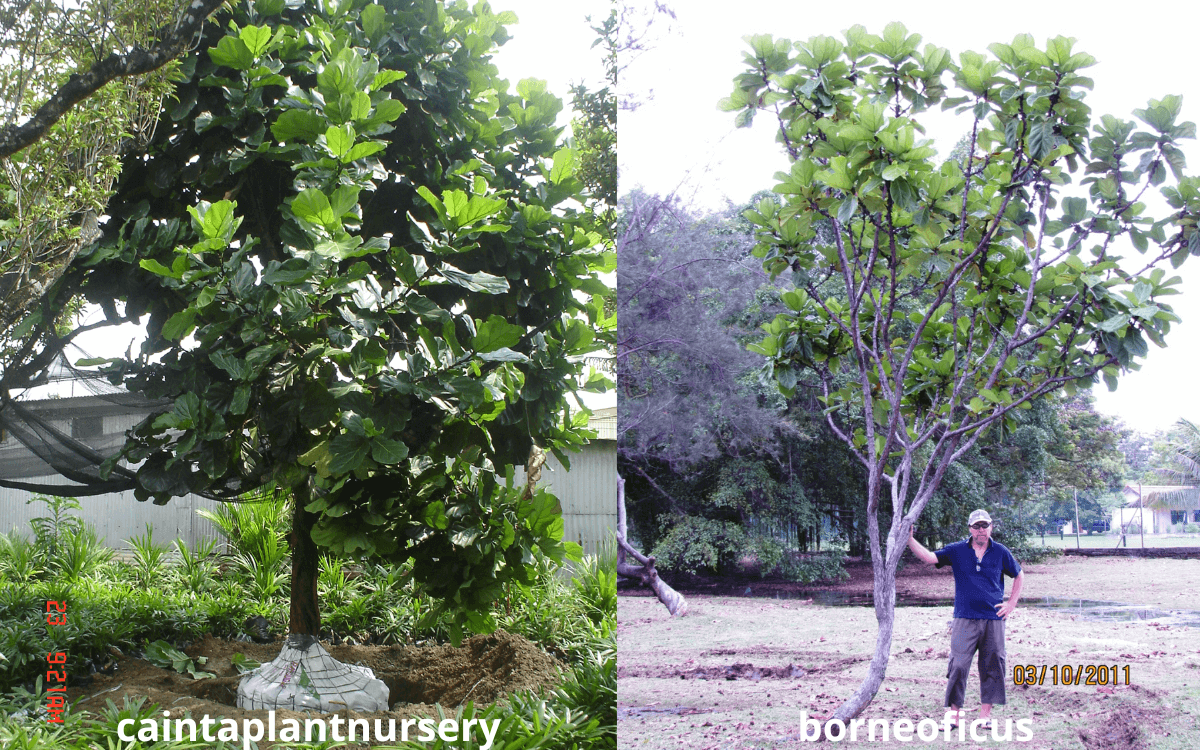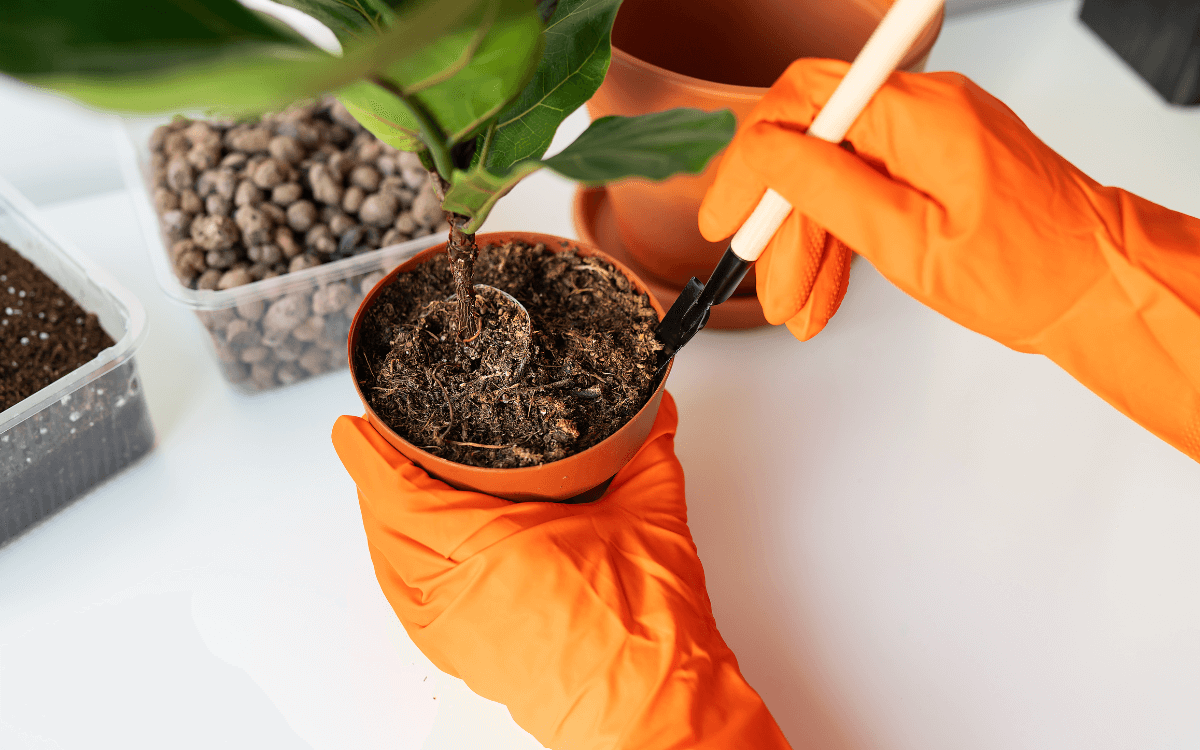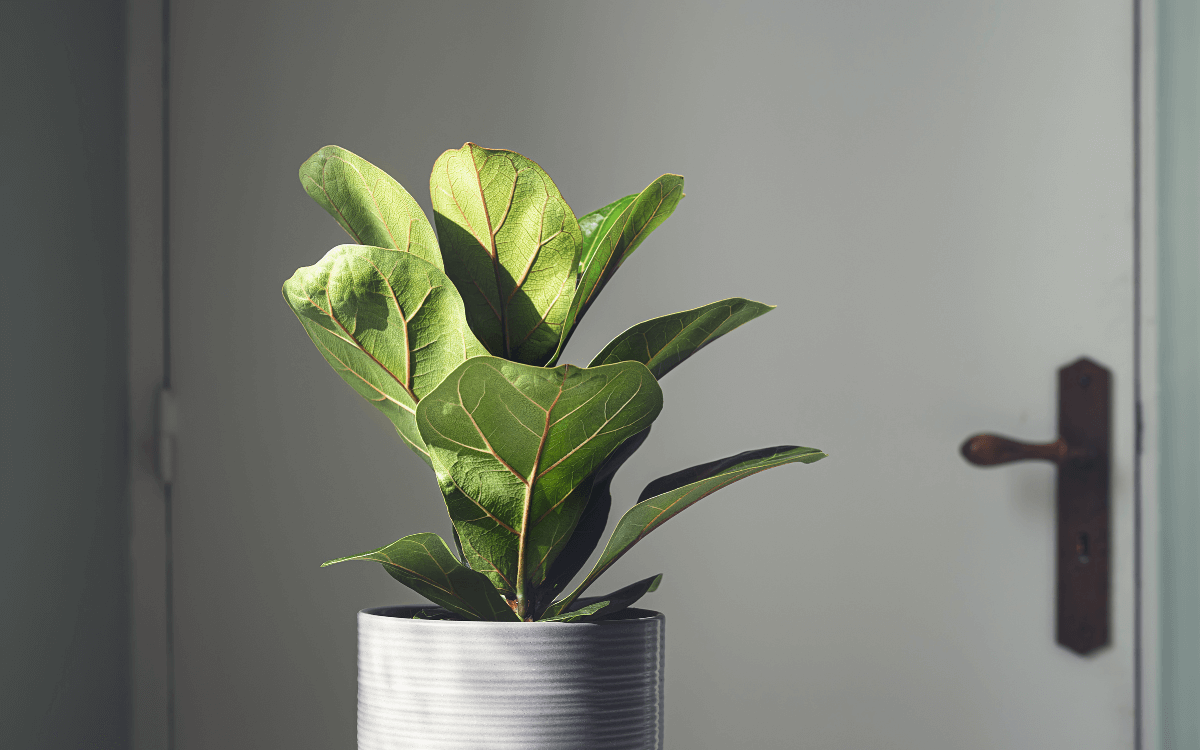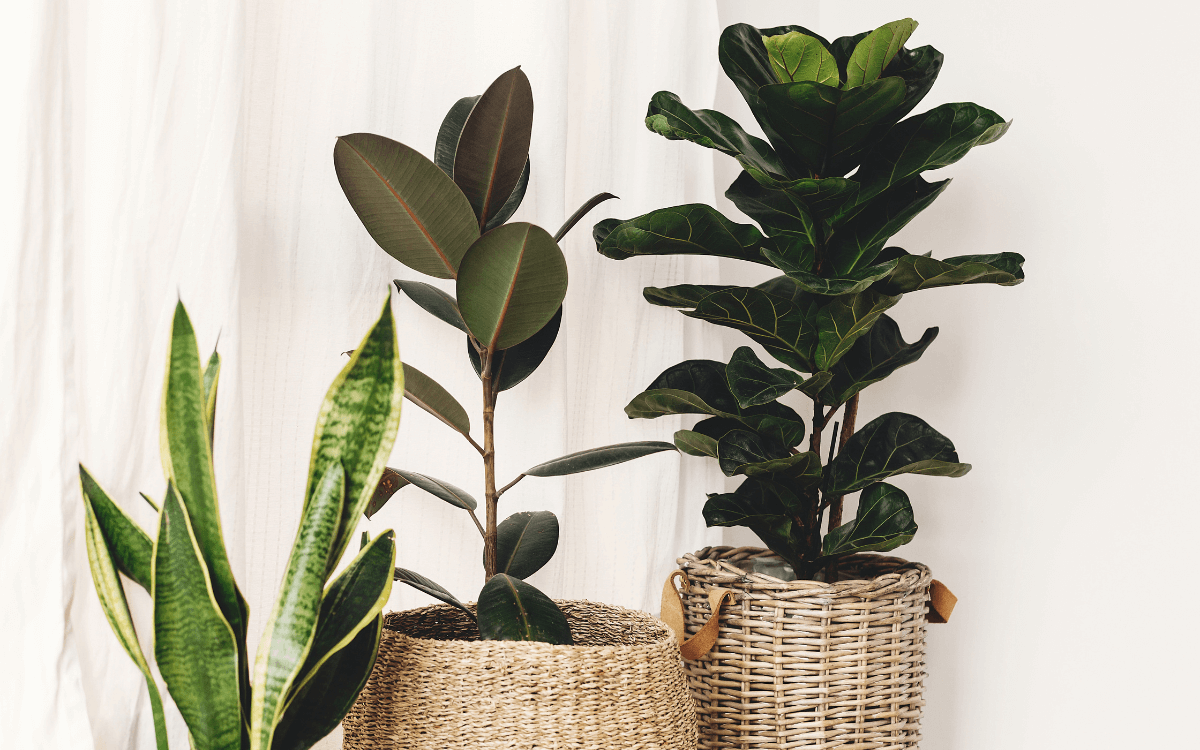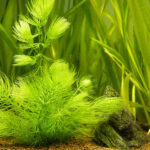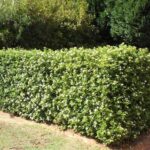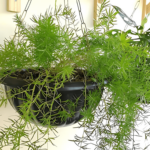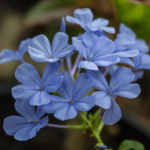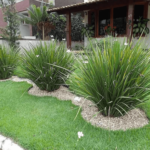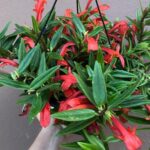The Ficus Lyrata, commonly known as the Fiddle-leaf fig, is a plant native to the tropical regions of Africa.
This species captivates with its large, shiny leaves, as well as attracting attention with its elegant size and ability to adapt to indoor environments, making it a popular choice for growing in homes and apartments.
Keep reading to learn more about this plant, especially its characteristics, curiosities and how to grow it.
Plant Characteristics
The leaves of this plant have a thick texture and visible veins, and they come in different shapes but generally look like a lyre. These sheets make the place look beautiful and last a long time.
The fruits of the Ficus Lyrata look like figs, but they cannot be eaten by people.
Even so, the plant is beautiful and looks good in tropical gardens, indoor environments in colder climates and even in pots.
You can grow the Ficus Lyrata in different ways, such as a large tree or with multiple stems, to fit different spaces and styles.
The plant grows fast, gaining many leaves as it grows, which shows that it is healthy and growing well.
Curiosities
Below are some interesting curiosities about this plant:
- While the Fiddle-leaf fig adapts well to the domestic environment, reaching a manageable height, in nature, it can grow up to 15 meters (about 49 feet) tall.
- The slow growth of this plant is an intriguing characteristic. Although it may require patience for those who wish to see it reach its fullness, this gradual pace contributes to its value. Larger and more established plants are often more valued, not just for their impressive stature, but also for the dedication required to cultivate them.
- The leaves of the Ficus Lyrata are notable not only for their beauty but also for the peculiar shape that often resembles a lyre or a violin.
Below I will detail how you can care for this species.
How to Care for the Ficus Lyrata
Contrary to the common belief that the Ficus Lyrata is a difficult plant to care for, the truth is that, with the right information and attention to its basic needs:
- Adequate light
- Balanced humidity
- Ideal soil
- Correct fertilization
- Among other care
It can be a long-life companion with relatively simple maintenance.
Below I will detail the necessary care for this plant to grow healthily.
1 – Ideal Climate
The Fiddle-leaf fig thrives in warm climates, with an ideal temperature ranging between 18°C and 28°C (64°F to 82°F).
This temperature range helps to mimic the conditions of its region of origin, the tropical areas of West Africa.
It is essential to avoid exposing the plant to very low temperatures, as the cold can impair its development and even lead to permanent damage.
During the winter or in colder climates, it is important to ensure that the plant is protected from low temperatures and cold drafts.
Humidity is another crucial aspect for the well-being of the Ficus Lyrata. The plant prefers environments with good humidity (always try to keep it above 40%). Therefore, cultivating it in bathrooms can be a good option.
On dry and hot days, it is recommended to spray the leaves with water to increase local humidity and maintain the health of the foliage.
In indoor environments, especially in areas with air conditioning or heating, which tend to dry the air, it may be necessary to use a humidifier to maintain humidity at an appropriate level.
The appropriate lighting is fundamental for the growth of the Ficus Lyrata.
The plant requires well-lit environments but should be protected from direct sunlight during the hottest parts of the day, which can burn its leaves.
Filtered sunlight, such as that passing through translucent curtains, is ideal. Brown spots on the leaves may indicate excessive exposure to the sun.
To ensure even growth, it is advisable to gently rotate the plant pot daily, allowing all parts to receive light in a balanced way.
Although the Ficus Lyrata enjoys a humid environment, adequate ventilation should not be overlooked.
Good air circulation is important to prevent the accumulation of excessive moisture, which can favor the appearance of fungal diseases. However, it is crucial to avoid very strong drafts or intense winds, which can be harmful to the growth and health of the plant.
2 – Soil
The most important aspect of soil for the Ficus Lyrata is its drainage capacity. A well-draining substrate is crucial to prevent water accumulation at the roots, which can lead to serious problems, such as rotting.
To ensure adequate drainage, the soil should have good porosity, allowing excess water to easily escape while retaining the necessary moisture for the health of the plant.
The ideal soil for the Fiddle-leaf fig should be nutrient-rich and slightly acidic, with a pH between 5.5 and 7.
The inclusion of organic matter enriches the soil and provides a structure that supports the healthy growth of roots, below are some options:
- Sphagnum moss
- Fine tree barks
- Perlite
- Sand
The ideal soil for the Fiddle-leaf fig, therefore, is one that balances effective drainage with the retention of necessary nutrients, providing an environment that supports robust growth and overall plant health.
3 – Watering
The general rule for watering the Ficus Lyrata is to wait until the substrate is slightly dry to the touch before adding more water.
This approach prevents both excess and lack of water, ensuring that the plant receives the hydration it needs without suffering from waterlogged roots.
During the hotter and drier months, watering may be needed more frequently, while in winter, the plant’s water needs generally decrease.
It is recommended to use filtered water or let tap water sit for a while to allow the evaporation of chlorine, which can be harmful to the plant in the long run. Room temperature water is ideal, as it avoids thermal shock to the roots.
An important tip is to ensure that excess water can freely drain from the pot, preventing residual moisture from damaging the roots.
Pots with drainage holes and the regular removal of accumulated water in saucers are essential practices to keep the root system healthy.
The behavior of the leaves can offer clues about the Ficus Lyrata’s water needs.
- Leaves facing upwards usually indicate that the plant is adequately hydrated.
- Drooping leaves may signal the need for watering.
- Furthermore, signs such as yellowed or wilted leaves can indicate overwatering or insufficient watering.
4 – Fertilization
For healthy growth, the Ficus should be fertilized regularly.
Fertilization every three months is generally recommended, especially during the active growth months in spring and summer.
However, the frequency may need to be adjusted based on specific cultivation conditions and the responses observed in the plant.
The use of a balanced chemical fertilizer N-P-K (Nitrogen-Phosphorus-Potassium) that includes micronutrients is advised to ensure that the Ficus Lyrata receives a full range of essential nutrients.
Alternatively, organic fertilizers such as biofertilizers or worm castings can also be effective, providing nutrients in a more natural and sustainable way.
It is crucial to follow the manufacturer’s instructions regarding the dosage and dilution of the fertilizer to avoid an excess of nutrients, which can be harmful to the plant.
5 – Planting and Replanting
For the initial planting or replanting, it is essential to choose a pot that provides enough space for root growth.
The pot should be larger than the previous one, with at least a few inches additional in diameter and depth, to accommodate the growth of the plant.
Ensure that the pot has holes at the base to allow for effective drainage and prevent water accumulation.
When planting the Ficus Lyrata for the first time, carefully remove the plant from its original container, taking care not to damage the roots.
Place the plant in the center of the new pot and add the prepared substrate around the roots, lightly compacting to eliminate air pockets.
Replanting is recommended every one or two years, or when you notice that the current pot is too small for the plant.
When replanting, carefully remove the plant from the pot, inspect the root system, and remove any damaged or dead roots.
Gently trim the longer roots, if necessary, to stimulate the growth of new roots.
Place the plant in the new pot and fill with fresh substrate, ensuring even distribution around the roots.
After planting or replanting, water the plant moderately to help establish the roots in the new substrate. Keep the soil moist, but not waterlogged, in the first weeks to promote the plant’s adaptation to its new environment.
It is also a good practice to fertilize the plant after replanting to provide additional nutrients and stimulate growth.
Read also:
- String of Pearls Plant – Step By Step Care Guide
- Fishbone Cactus (Selenicereus anthonyanus) – Care Guide
- Monkey Tail Cactus: How to Care and Propagate
- How to Plant, Grow and Care for Celosia (Step by Step)
- Ixora (West Indian Jasmine): How to Care and Propagate
6 – Pruning and Propagation of Ficus Lyrata
Pruning is carried out to maintain the plant’s size, control its growth, stimulate the formation of a denser canopy, and eliminate damaged or diseased parts.
- Technique: For formative or maintenance pruning, cut the top of the plant or perform topiary, removing leaves from the base to leave the stem exposed and form a canopy at the top. Always use sterilized pruning shears to prevent the transmission of diseases.
- Care: Pruning should be done in a period when the plant is healthy, preferably at the beginning of spring or summer, to take advantage of the plant’s active growth period.
The propagation of Fiddle-leaf fig can be efficiently done by cuttings.
Choose a healthy branch with some nodes and leaves, remove the lower leaves, and plant the cutting in a pot with moist substrate, ideally a mix of potting soil and worm castings.
- Ideal Conditions: Keep the cutting in a place with indirect light and water regularly, keeping the soil moist, but not waterlogged, to prevent root rot. The cutting should start to emit new leaves in a few weeks, indicating the formation of roots.
- Transplanting: Once the cutting has developed robust roots, it can be transplanted into a larger pot or to the final location.
Remember to always sterilize pruning tools before and after use to prevent the spread of pests and diseases.
7 – Pests, Diseases, and Other Problems
Below are some of the main problems that can affect your Ficus Lyrata.
- Mealybugs: These sap-sucking insects can form white, sticky spots on the leaves. Cleaning the leaves with isopropyl alcohol or applying neem oil can help control them.
- Mites: Small and often difficult to see with the naked eye, mites can cause discoloration and drying of the leaves. Increasing humidity around the plant and applying specific acaricides are effective measures.
- Fungi: Lack of air circulation and excessive moisture can favor the appearance of fungi, resulting in brown spots on the leaves or root rot. Removing affected parts and applying fungicides are recommended.
- Powdery Mildew: A white, powdery layer on the leaves indicates the presence of powdery mildew. Specific fungicides and improving air circulation can combat the disease.
- Excess Water: One of the biggest risks for the Ficus is root rot due to excess water. Ensuring good drainage and watering only when the substrate is slightly dry to the touch are essential practices.
- Yellow Leaves: May indicate excess water or problems in the root system. Reviewing the watering regime and the state of the roots can help identify the cause.
- Excessive Sun Exposure and Air Currents: The Ficus Lyrata prefers indirect light and can suffer from direct sun exposure or cold air drafts. Positioning the plant in a suitable location is vital for its health.
Below are some tips that will help you in the prevention and treatment of these problems:
- Regular Inspection: Regularly check for the presence of pests and signs of disease, focusing on the underside of leaves and the points where branches join.
- Quarantine: When introducing new plants, keep them in quarantine to avoid the spread of pests and diseases.
- Maintaining ideal cultivation conditions: Care with light, temperature, humidity, and nutrition is crucial to prevent many problems.
These were our cultivation tips for the Ficus Lyrata, if you want to learn more about this genus of plants, I recommend reading our article on Ficus Benjamina.

